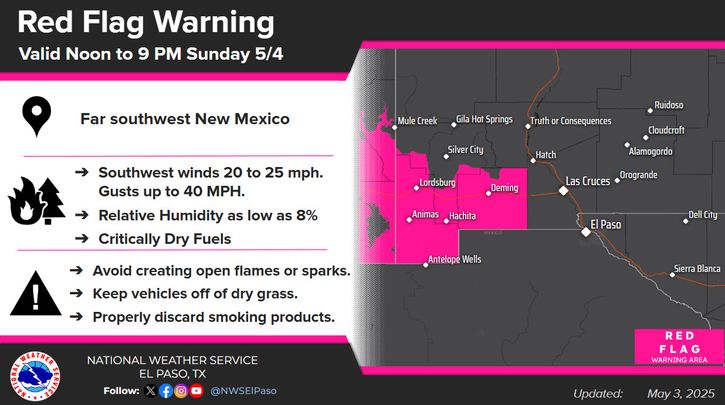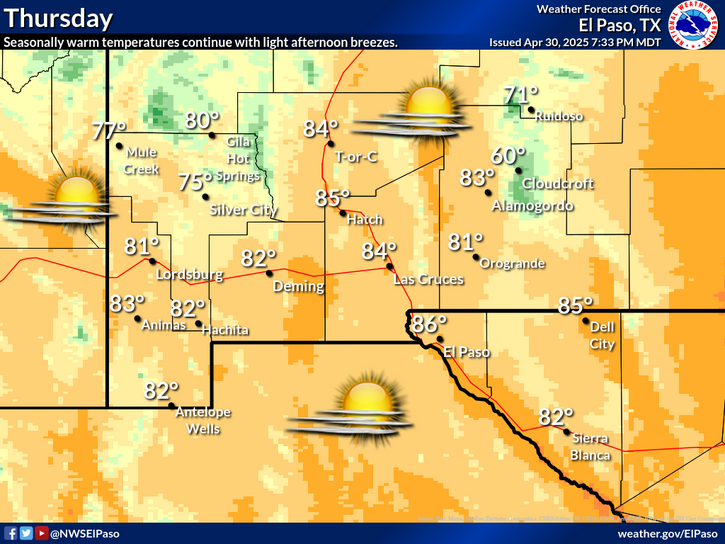
Periods of moderate to heavy lake effect snow will continue through Friday downwind of Lake Erie and Ontario. Several additional inches of accumulating snow are expected. A Pacific storm will bring heavy rain and mountain snow across California, the Southwest and Intermountain West today. Isolated severe thunderstorms and scattered flash flooding is possible across parts of southern California. Read More >
Last Map Update: Thu, Jan 1, 2026 at 12:02:43 pm MST

